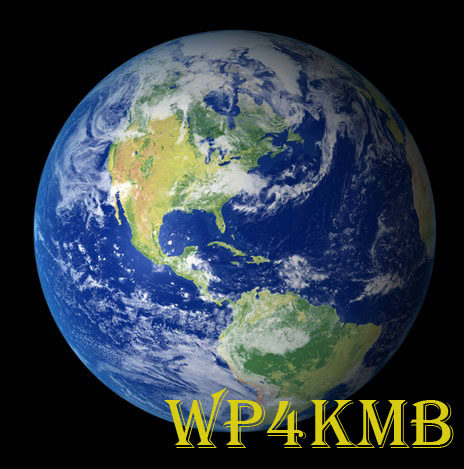ISS SSTV Planned for Nov 12-19
ISS SSTV Planned for Nov 12-19
 From November 12-19 amateur Slow Scan TV (SSTV) transmissions are expected from the International Space Station (ISS) to commemorate the ISS at 25 and Scouts.
From November 12-19 amateur Slow Scan TV (SSTV) transmissions are expected from the International Space Station (ISS) to commemorate the ISS at 25 and Scouts.
Start: Wednesday, November 12 1730 GMT (5:30pm UK local)
End: Wed, November 19 1450 GMT (2:50pm UK local)
Frequency: 145.800 MHz FM (+/-3.5 kHz Doppler Shift)
SSTV Mode: PD120 (Transmission cycle 2 minutes on, 2 minutes off)
You are invited to upload decoded images in the ARISS gallery, area “Series 30 – ISS at 25 & Scouts” at: https://ariss-usa.org/ARISS_SSTV/
Once you’ve submitted, just clicking on the dedicated button you can apply for the official ARISS SSTV award.
Also, you can request the ARISS QSL by contacting the European QSL bureau: https://www.ariss-eu.org/index.php/ariss-station/european-qsl-bureau
To support everyone interested in such events, the European Space Agency released tutorials about how to receive pictures transmitted over amateur radio by the International Space Station: you can find them on https://issfanclub.eu/2024/11/08/esa-tips-how-to-get-pictures-from-the-international-space-station-via-amateur-radio-2/
It’s always possible to receive the ISS SSTV signal by using the WebSDR at the Goonhilly Earth Station, the audio can then be fed into your PC or Smartphone SSTV App https://vhf-goonhilly.batc.org.uk/
Follow @ARISS_intl on X for official updates, since changes can occur.
Reminder, the images are sent on a (roughly) 2 minutes on, 2 minutes off schedule. So if you don’t hear anything, give it 2 minutes!
Many FM rigs can be switched been wide and narrow deviation FM filters. For best results you should select the filter for wider deviation FM. Handhelds generally have a single wide filter fitted as standard.
You can get predictions for the ISS pass times at https://www.amsat.org/track/
Useful information on receiving the pictures and links for Apps to display the pictures can be found here:
https://amsat-uk.org/beginners/iss-sstv/
You may be able to get publicity for the amateur radio hobby if you contact your local newspaper and tell them you’ve received a picture (doesn’t have to be perfect) from the International Space Station, see
https://amsat-uk.org/2015/02/04/iss-sstv-in-uk-press/
Powered by WPeMatico
Editor
AMSAT-UK




